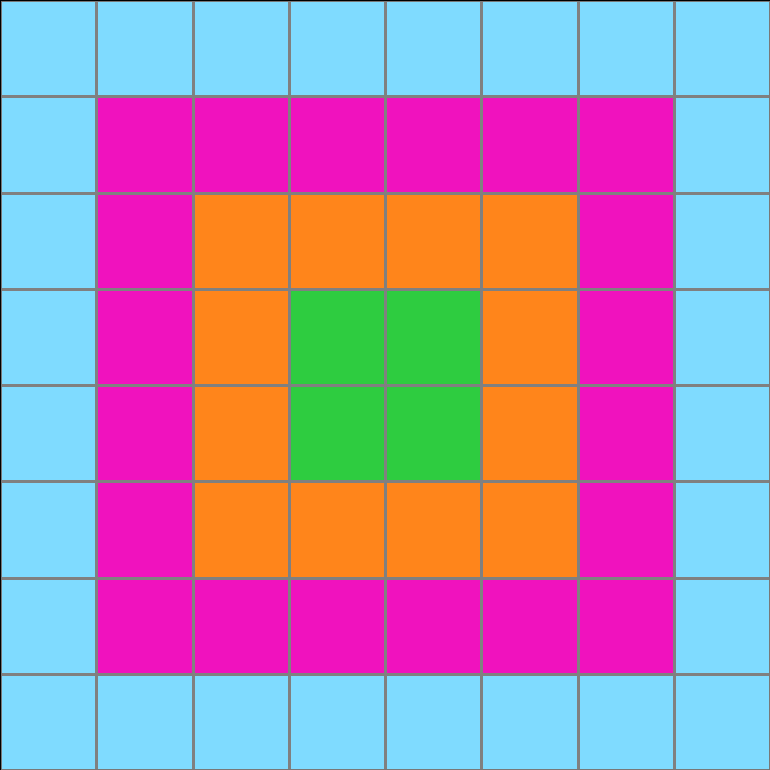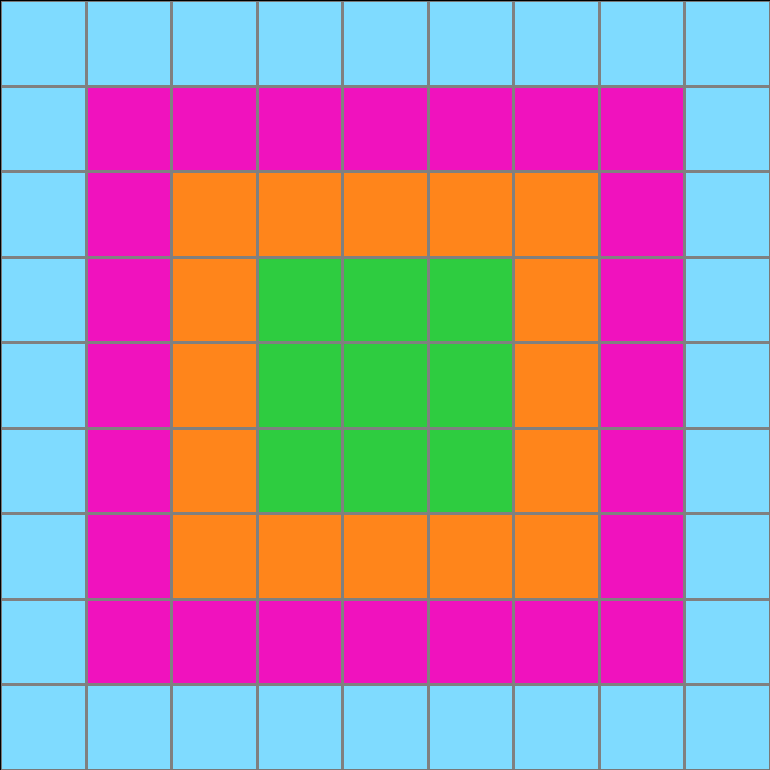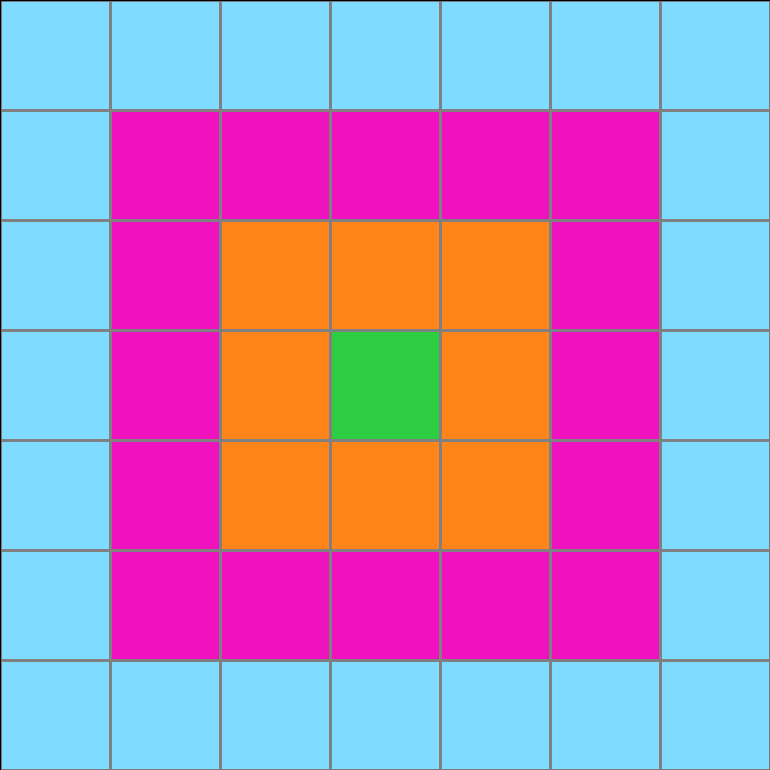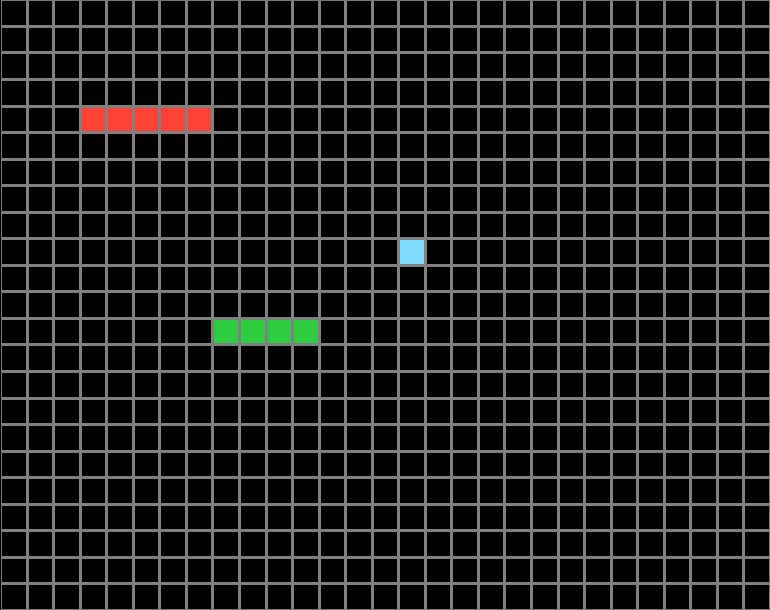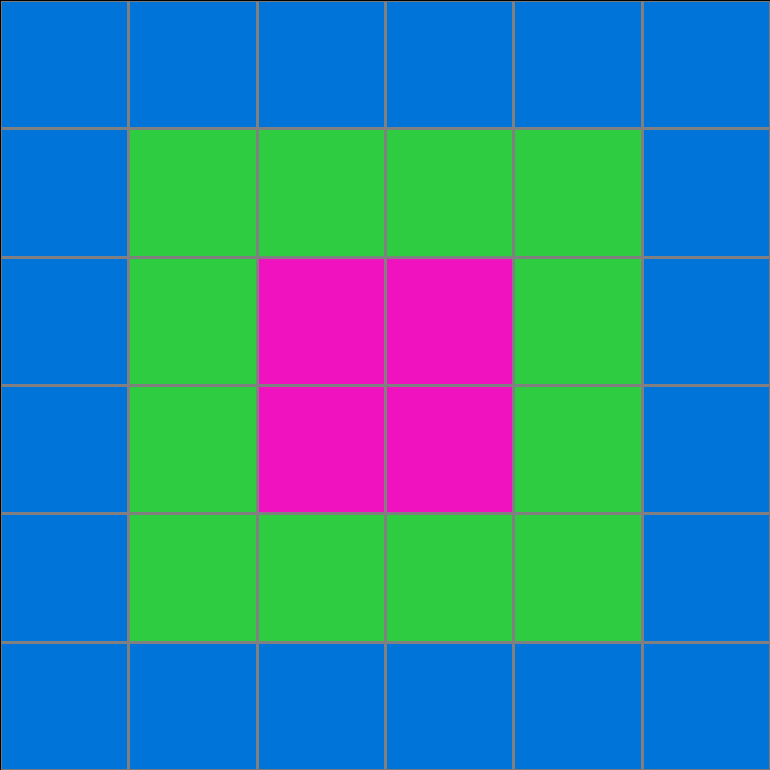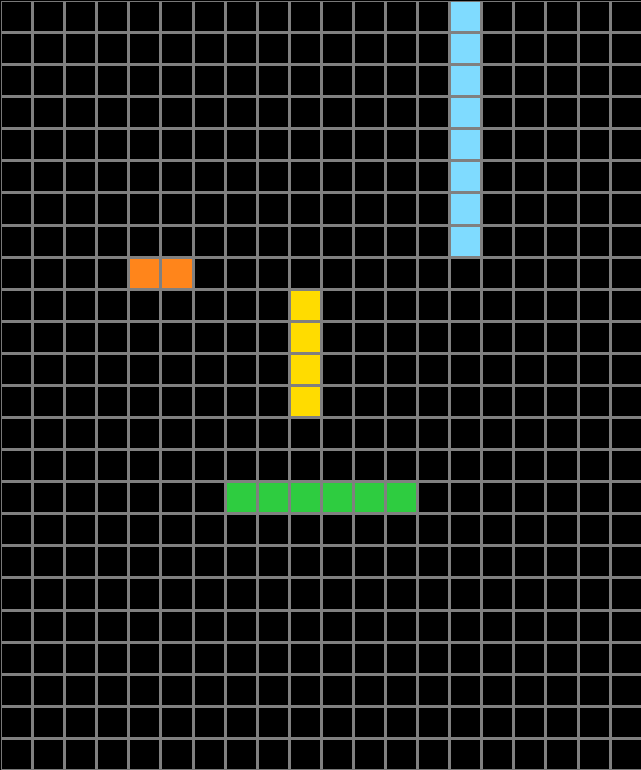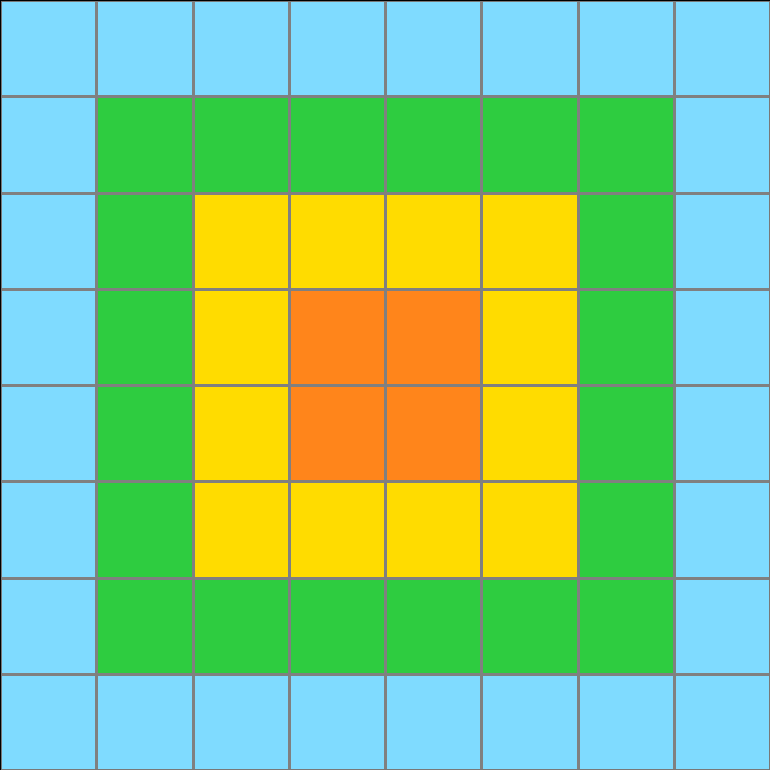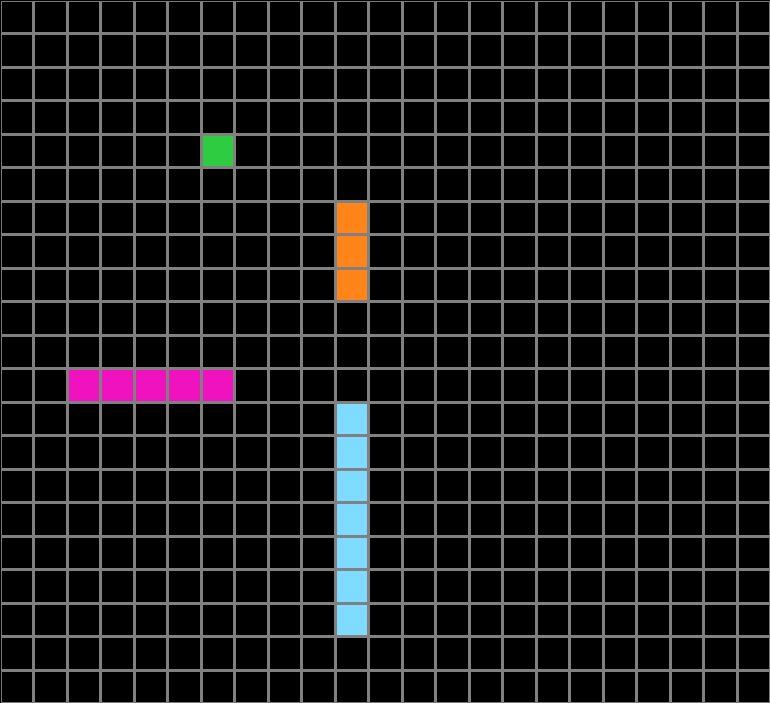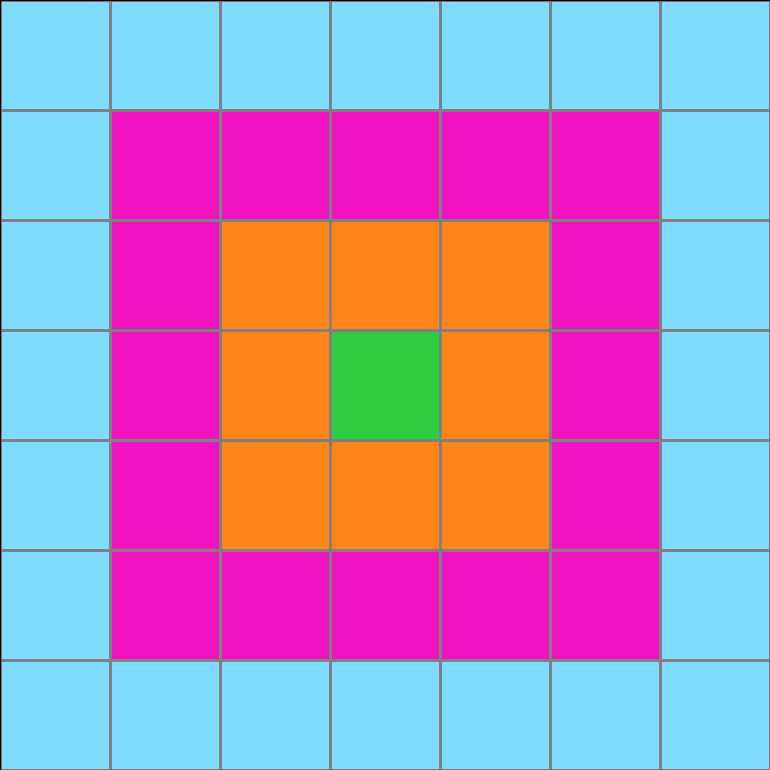Participant 1
Initial description: The colors and the number of blocks tell me the length needed and also the pattern.
Final description: The colors and the number of blocks tell me the length needed and also the pattern.
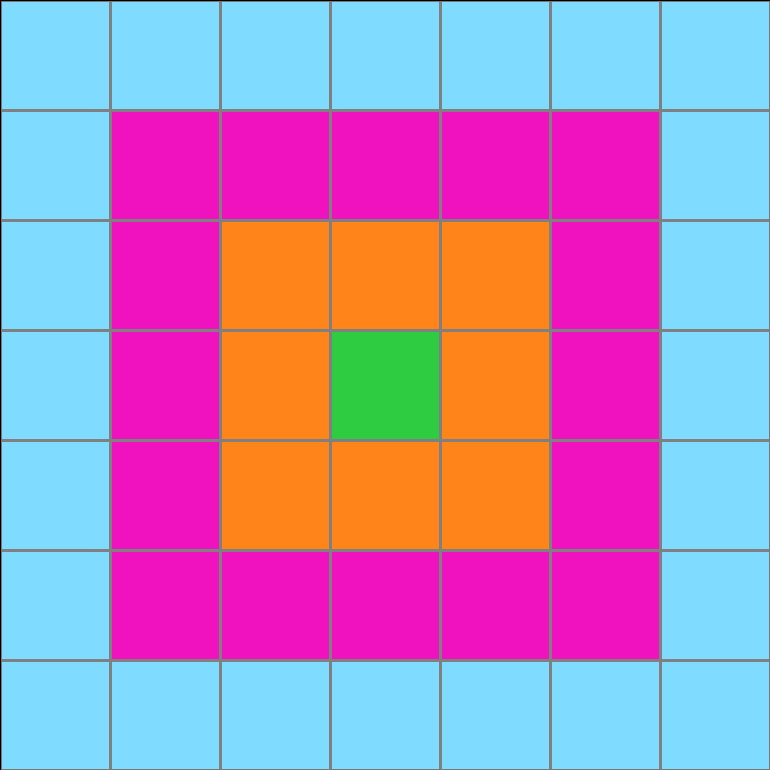
Participant 2
Initial description: Length and width is determined by multiplication of how many squares each. For example, 1x1, 3x3, 5x5, 7x7.
Final description: Length and width is determined by multiplication of how many squares each. For example, 1x1, 3x3, 5x5, 7x7.
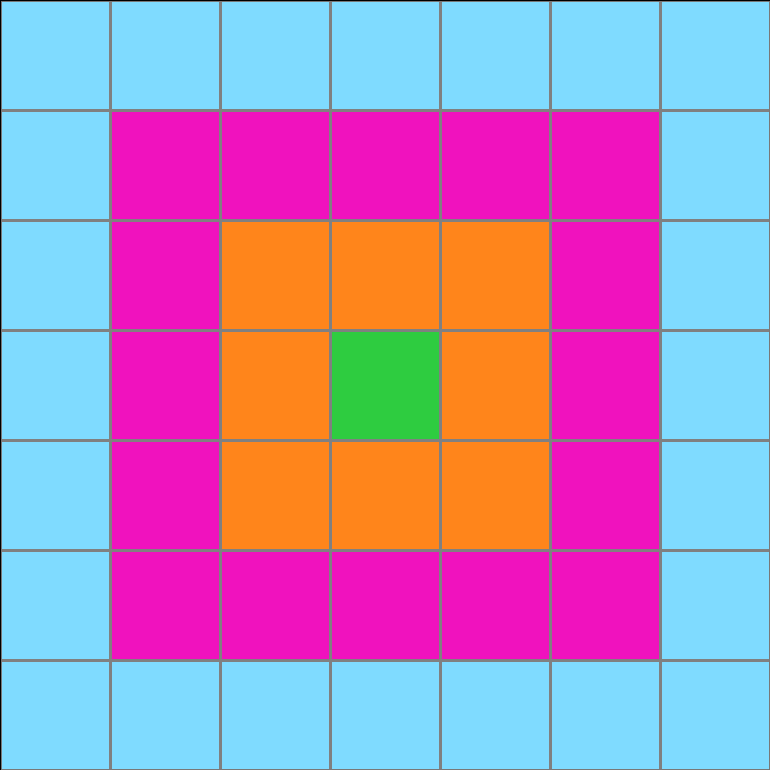
Participant 3
Initial description: the height and width of the grid is determined by the number of colored bars in the test input. The longest colored bar will represent the color of the outer most outline of the test output, followed by the next longest colored bar representing the inner outline and so on and so forth.
Final description: I described it in my first description. I genuinely don't know how this is wrong.
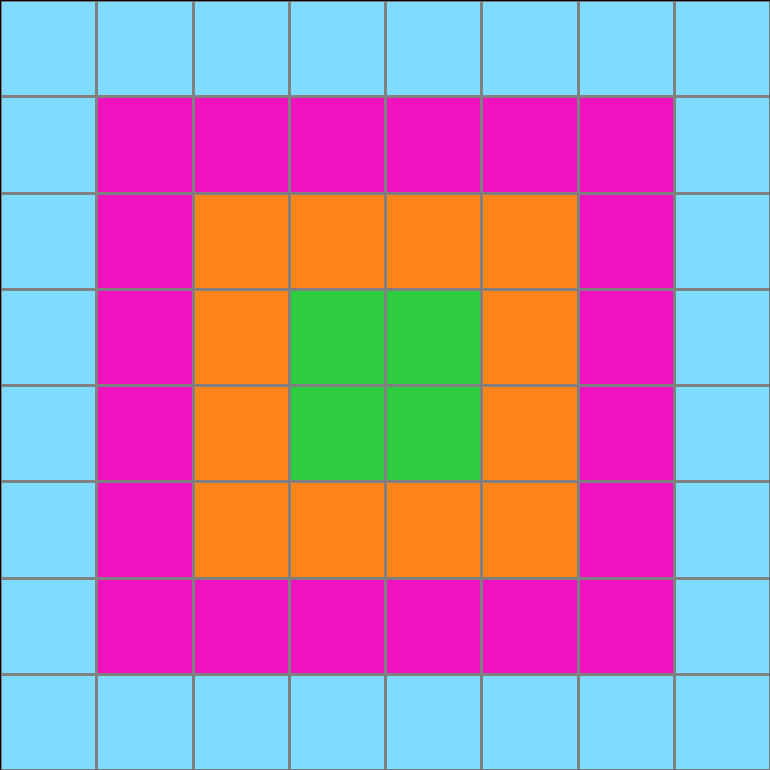
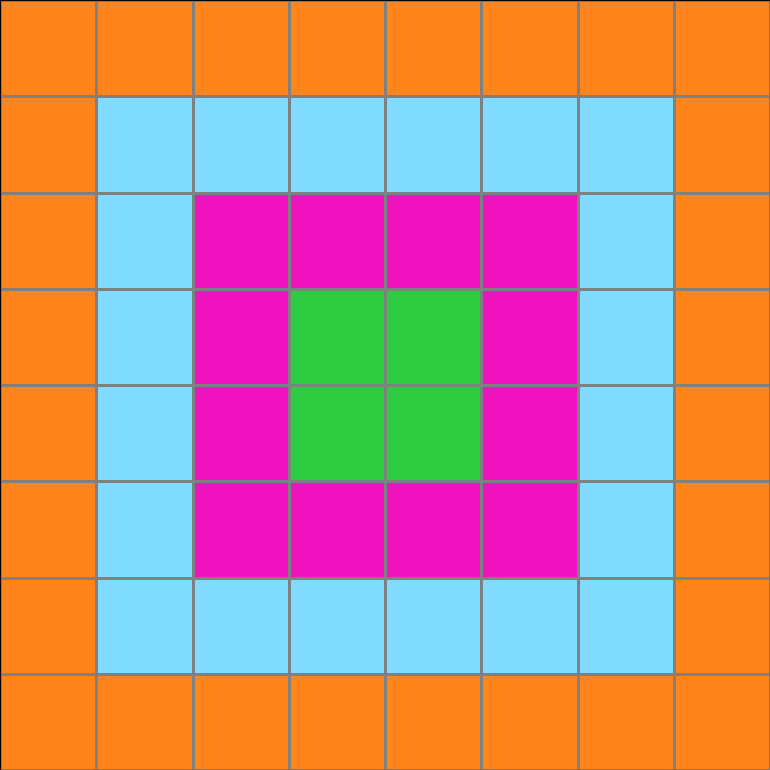
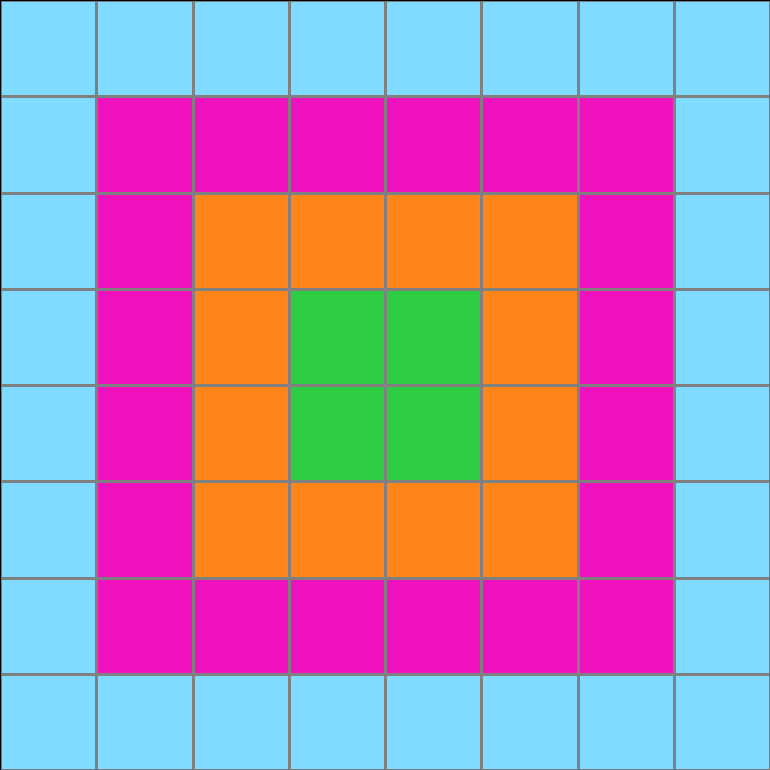
Participant 4
Initial description: Create a box using the colors and sizes of the pieces spread across the board.
Final description: Create a box using the colors and sizes of the pieces spread across the board.

Participant 5
Initial description: I made the grid size 7x7 according to how many tiles were blue in the test input. I then followed the next pattern with pink, then orange, then green.
Final description: I made the grid size 7x7 according to how many tiles were blue in the test input. I then followed the next pattern with pink, then orange, then green.
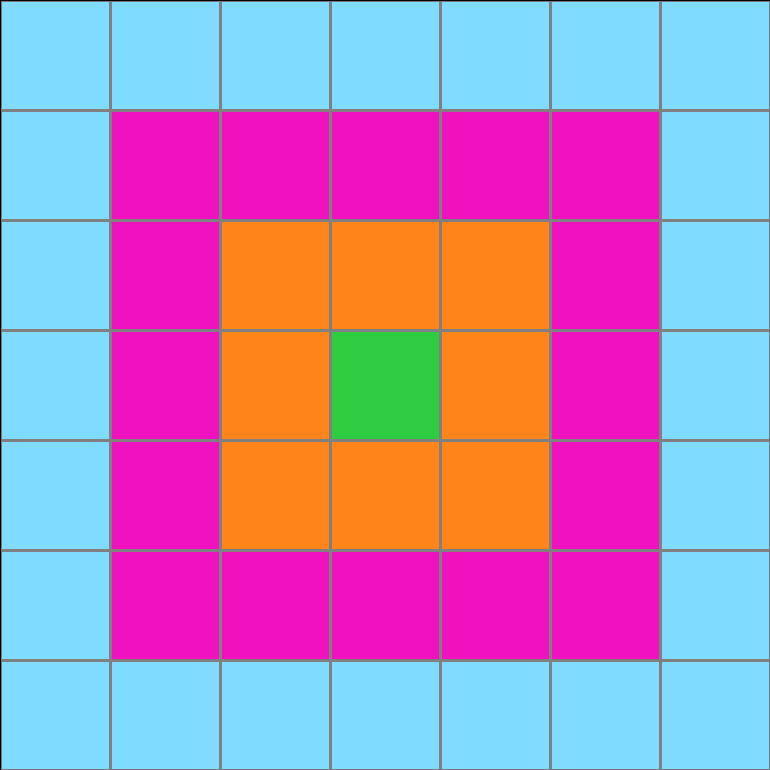
Participant 6
Initial description: I had to make sure I had the correct amount of shapes, based on the number of colors in the test input example.
Final description: I had to make sure I had the correct amount of shapes, based on the number of colors in the test input example.
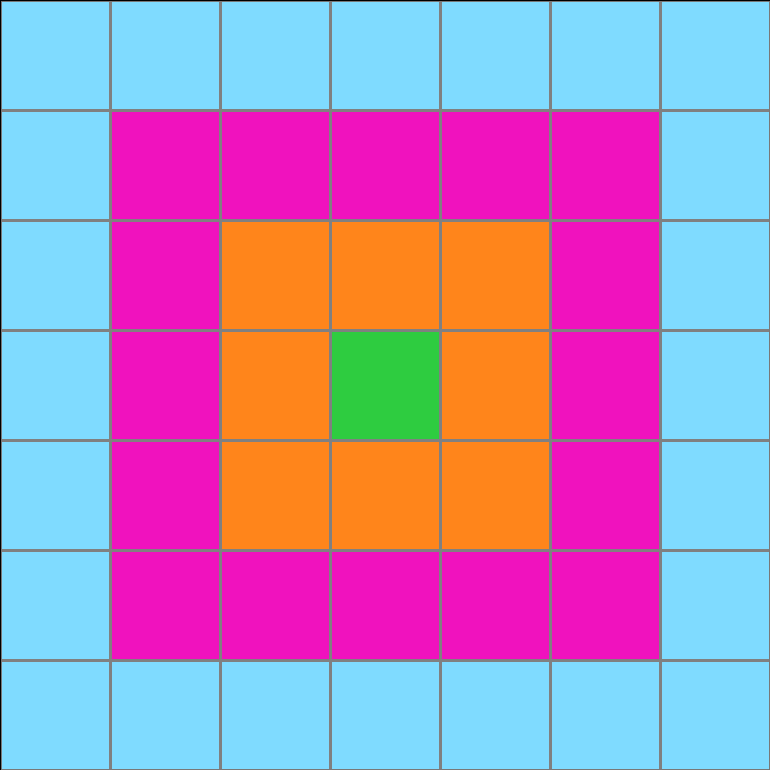
Participant 7
Initial description: The resulting shape is concentric squares consisting of the colors of the same number of individual squares as in the input
Final description: The resulting shape is concentric squares consisting of the colors of the same number of individual squares as in the input

Participant 8
Initial description: create concentric boxes according to the length of each color shown.
Final description: create concentric boxes according to the length of each color shown.
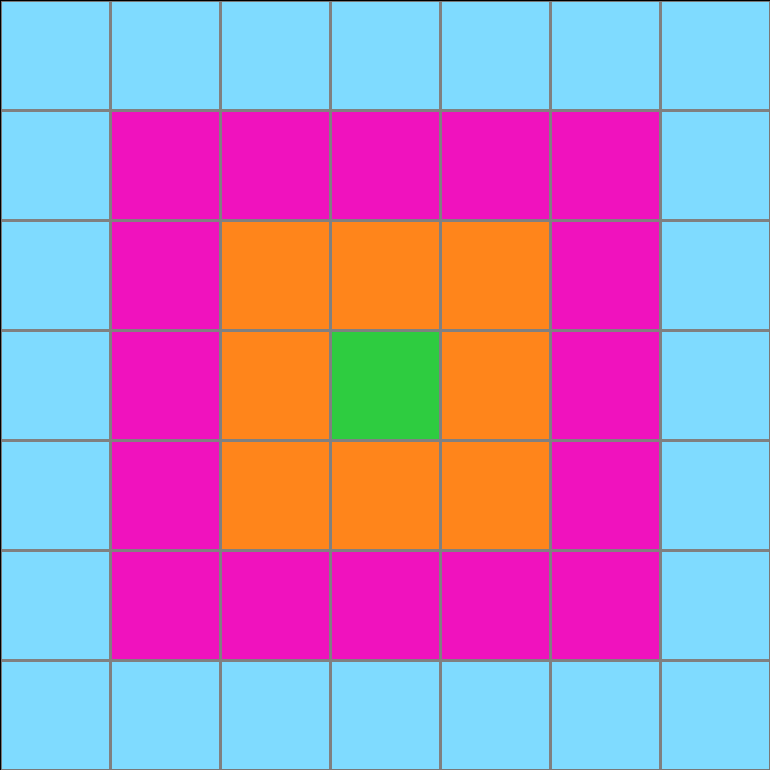
Participant 9
Initial description: The example outputs made the output grid based off the length of the longest line. Since the light blue was 7, I made mine 7 wide by 7 length. The pink was 5 long so 5 length and 5 wide. Orange was 3 so I went 3x3. 1 for green because it's the same as 1x1.
Final description: The example outputs made the output grid based off the length of the longest line. Since the light blue was 7, I made mine 7 wide by 7 length. The pink was 5 long so 5 length and 5 wide. Orange was 3 so I went 3x3. 1 for green because it's the same as 1x1.
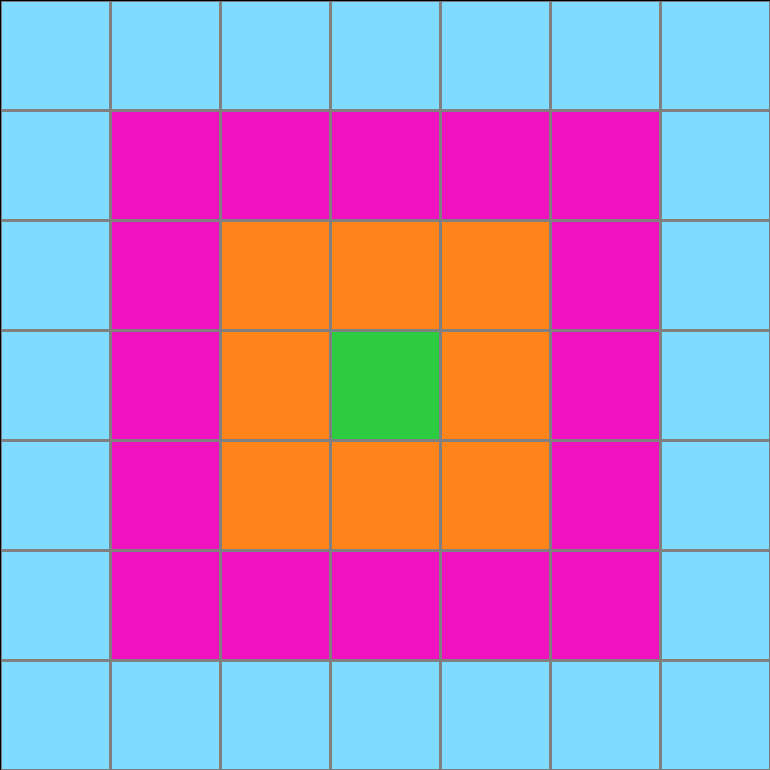
Participant 10
Initial description: Start with the color that had the most blocks and go to smallest
Final description: Started with the tiles with the most colors and worked to smallest amount.
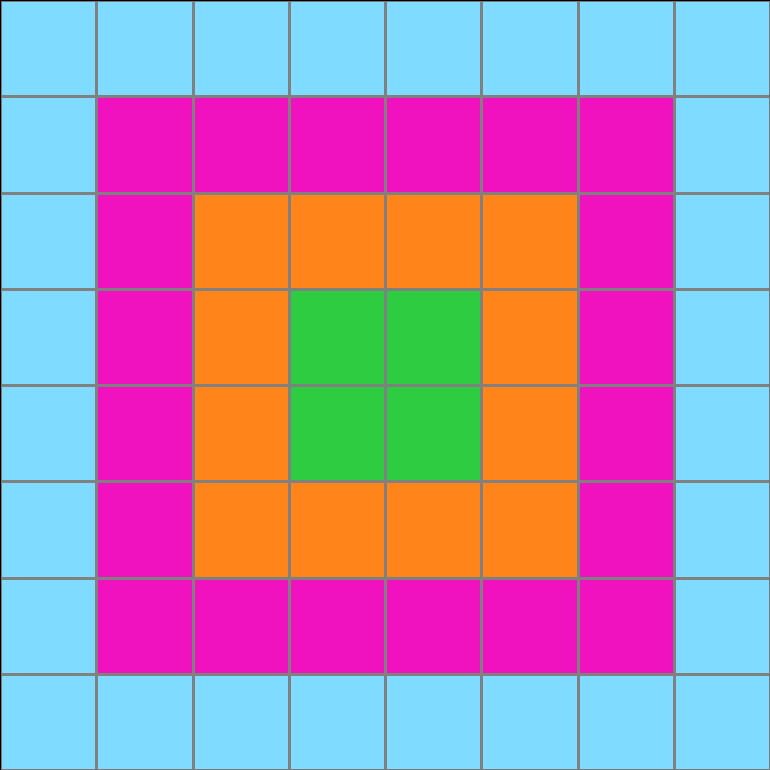

Participant 11
Initial description: Create a square grid with a side length equal to the longest non-black strip in the input. Then. color the square frames according to the color of the strips in descending lengths.
Final description: Create a square grid with a side length equal to the longest non-black strip in the input. Then. color the square frames according to the color of the strips in descending lengths.
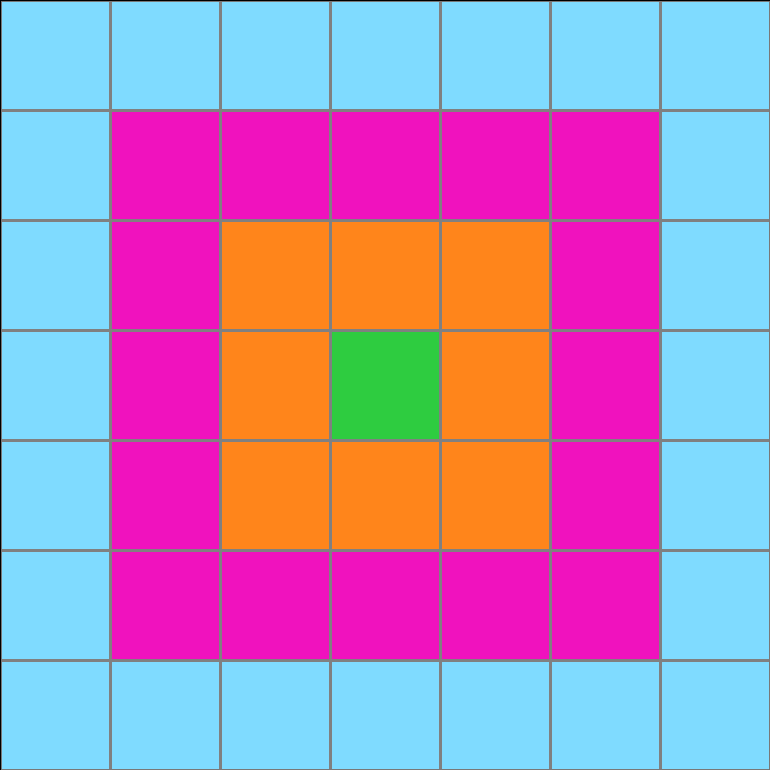
Participant 12
Initial description: I multiplied each by four and then made a layered square out of them
Final description: I thought maybe the answer was more abstract but i was wrong.
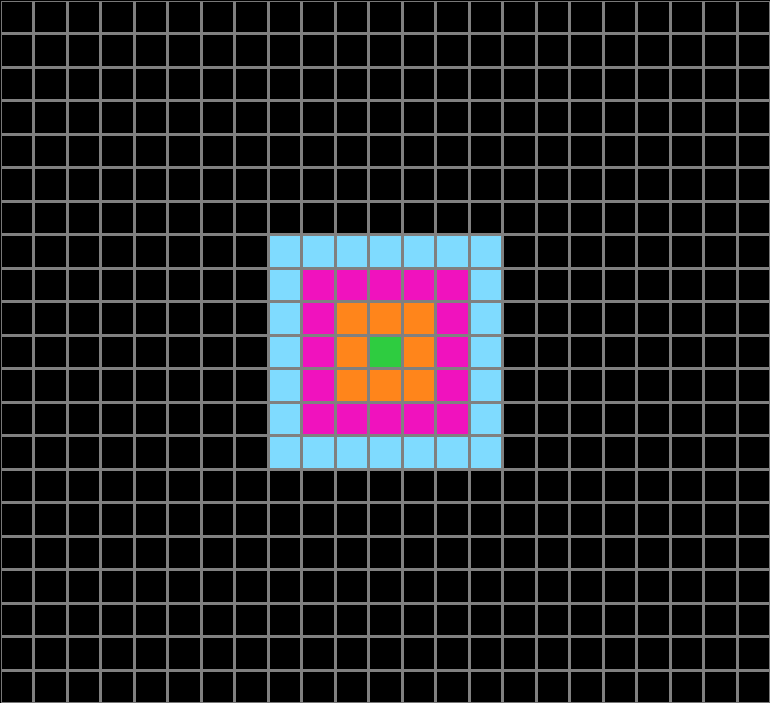
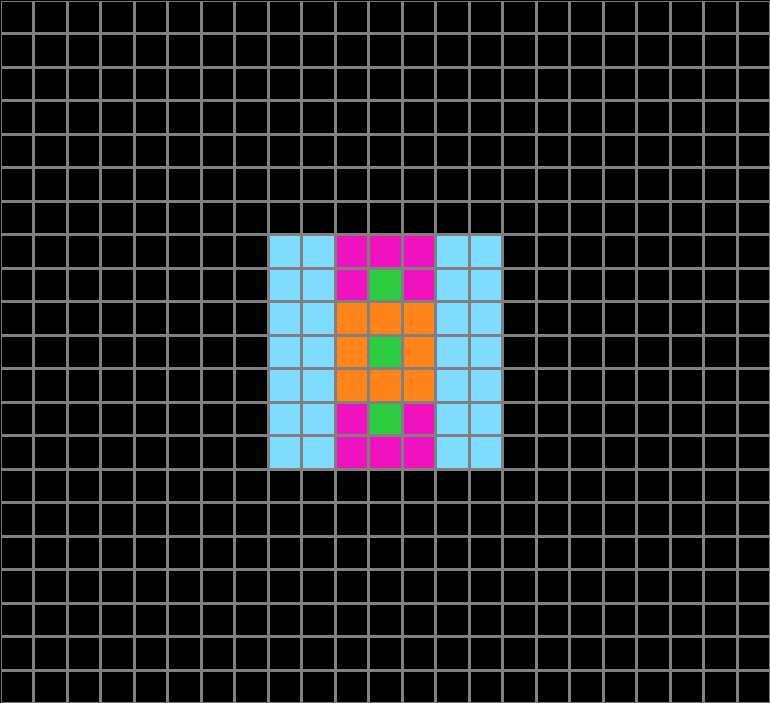
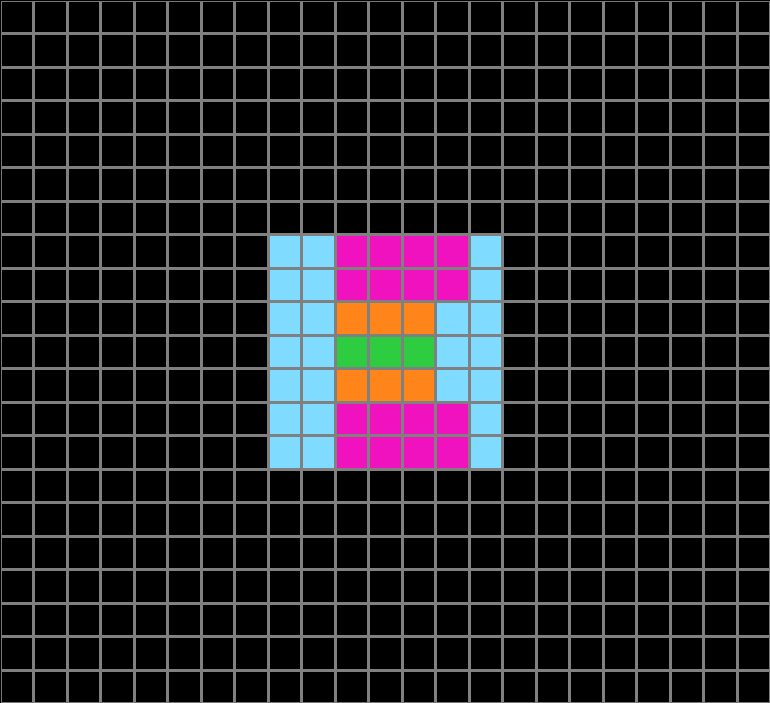
Participant 13
Initial description: Make concentric squares out of the colors based on the size of the input lines
Final description: I thought the rule was to make concentric squares based on the size of the lines
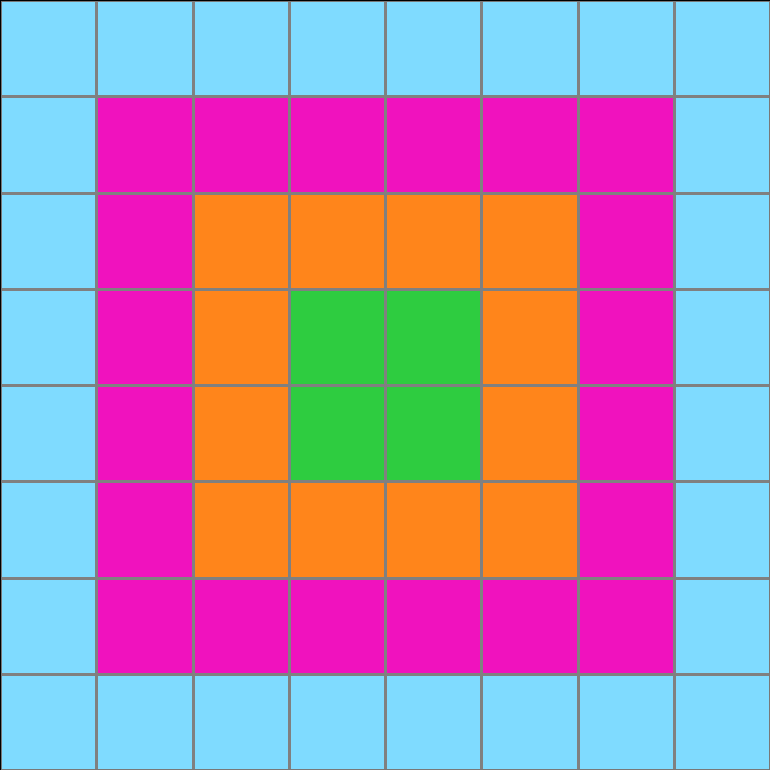
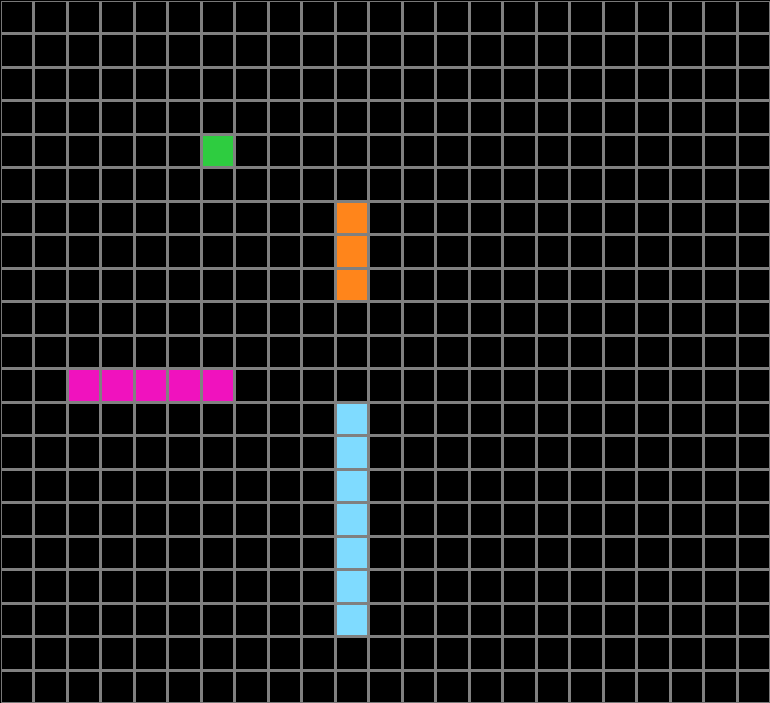

Participant 14
Initial description: Make the grid as tall and wide as the longest color, then fill in that color on the outside followed by the next shorter color on the next inside and so on.
Final description: Make the grid as tall and wide as the longest color, then fill in that color on the outside followed by the next shorter color on the next inside and so on.
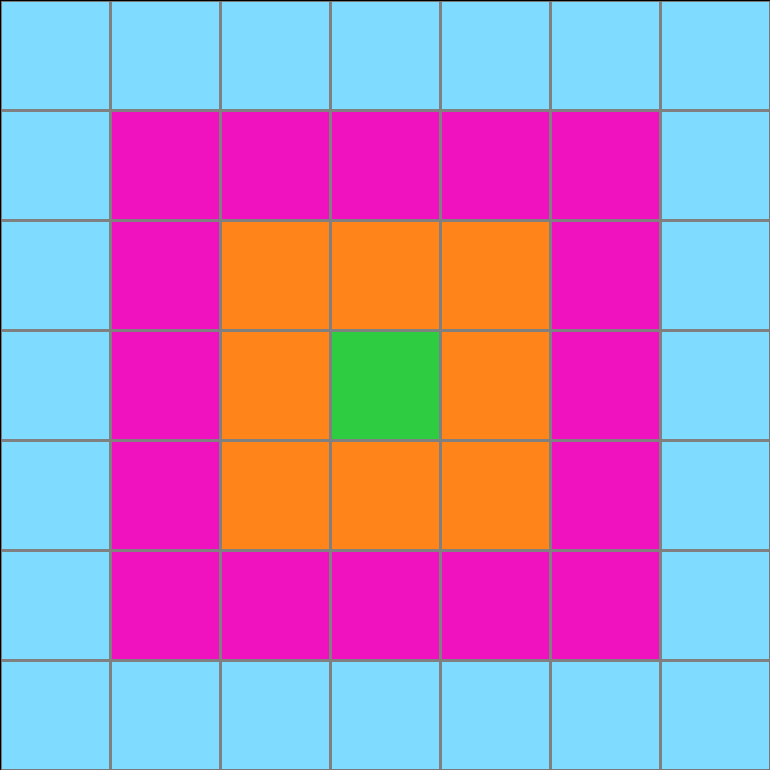
Participant 15
Initial description: The rule was to figure out the width and height of the test output box by counting how many total colored sticks are in the test output box and placing the stick with the least amount of color in the innermost part of the test output box and the one with the most color into the outermost part of the test output box.
Final description: I counted how many blue boxes are in the test input to determine the length and width of the test output box. Then I placed the stick with the most color in the outermost part of the test output and the one with the least color in the innermost part of the test output.
